Overview
Credit cards are a fantastic tool to have in your wallet. Despite the negativity surrounding their irresponsible use, simple logic shows how valuable they can be to anyone.
Think about it: if you pay for a flight costing $500 in cash, you only get the flight. If you pay for the same flight with a credit card offering 3% cash back, you get $15 back. It might not seem like much, but after an extended period, those little redemptions can become a substantial chunk of savings, helping you out when you need it most.
Generally, it’s a good idea to stick to travel rewards credit cards, as you can receive outweighed value for your points, but the best cash back cards have an essential role to play and fit certain lifestyles better than miles do.
The Bottom Line:
If you don’t travel too often, want your earnings simplified, and the flexibility to use them on anything, a cash back card might be for you. To help you get started, we’ve found some of the best cash back cards around.
The quick pick:
How Cash-Back Credit Cards Work
Cashback credit cards are basically like getting a little reward every time you spend money; think of it as a tiny thank-you from your card for doing what you already do. Every time you make a purchase, a percentage of that spend gets “cashed back” to you. Usually, that cashback shows up as a statement credit, but some cards let you redeem it as a direct deposit, gift card, or even travel credit. Easy money, right?
Not all cashback cards are created equal, though. Some offer a flat-rate reward, like 1.5% or 2% back on everything. Others have tiered rewards, giving you bigger cashback percentages in certain categories like groceries, dining, or gas, while everything else earns a smaller amount. Then there are rotating category cards that switch up bonus categories every few months (think 5% back at gas stations this quarter, then 5% at Amazon next quarter). These cards can really pay off if you keep an eye on the categories.
The best part? Cashback rewards are flexible. Unlike points or airline miles, you don’t have to worry about blackout dates or complicated rules. You’re literally getting money back on the stuff you already buy, which makes earning rewards feel effortless, and who doesn’t love free money?
The Rundown:
Best all-around cash back card: Chase Freedom Unlimited®
Best for high earning power: Blue Cash Preferred® Card from American Express
Best for entertainment spending: Capital One® SavorOne® Rewards
Best for earning on business expenses: Chase Ink Business Cash®
Best for earning on Amazon expenses: Prime Visa
- Best for: Beginners looking for a low risk entry point
- Annual Fee: $0
- APR: Enjoy 0% Intro APR for 15 months from account opening on purchases and balance transfers, then a variable APR of 18.49% - 27.99%.
- Reward Rate: 1.5%-5%
- Recommended Credit: 670-850
Chase Freedom Unlimited®
Earn $300 cash back
Offer Details:
Limited Time Offer: Earn a $300 Bonus after you spend $500 on purchases in your first 3 months from account opening
Why we like it
The Chase Freedom Unlimited does seem like a strong choice for beginners, but its quirks mean it can still find a place in a seasoned points and miles enthusiast’s wallet. While it’s a cashback earning product, those with another Ultimate Rewards earning card can convert that cashback into super-valuable points. The unique bonus structure means the card can be a hugely valuable asset to anyone trying to build their Ultimate Reward points, effectively earning a minimum of 3% or 3 points per dollar on everything.
Reward details
5% cash back on travel purchased through Chase Travel℠, our premier rewards program that lets you redeem rewards for cash back, travel, gift cards, and more.
3% cash back on drugstore purchases and dining at restaurants, including takeout and eligible delivery service.
1.5% cash back on all other purchases.
Pros & Cons
Pros
-
Generous introductory earning rate
-
Strong earning rates after the introductory year
-
No annual fee
Cons
-
Another Chase card is required to earn points
-
Some cards have better rates after the introductory year
Terms Apply
- Best for: High Earning Power
- Annual Fee: $0 intro annual fee for the first year, then $95.
- APR: Low Intro APR: 0% intro APR on purchases and balance transfers for 12 months from the date of account opening. After that, your APR will be a variable APR of 19.49% - 28.49%.
- Reward Rate: 1%-6%
- Recommended Credit: Good to Excellent
Blue Cash Preferred® Card from American Express
$250 intro offer
Offer Details:
Earn $250 after you spend $3,000 on purchases in your first 6 months of card membership
Why we like it
The American Express Blue Cash Preferred is an almost indispensable card for racking up serious cash back. Even considering its annual fee (which has a $0 annual fee the first year), it represents tremendous value. Combined with another, more specific rewards-earning, the Blue Cash Preferred could be the foundation of an outstanding cash-back earning strategy.
Reward details
6% cash back at U.S. supermarkets on up to $6,000 per year in eligible purchases (then 1%)
6% cash back on select U.S. streaming subscriptions
3% cash back at eligible U.S. gas stations and on transit (including taxis/rideshare, parking, tolls, trains, buses and more) purchases
1% cash back on other purchases.
Cash Back is received in the form of Reward Dollars that can be redeemed as a statement credit and at Amazon.com checkout.
Pros & Cons
Pros
Earn a $250 statement credit after you spend $3,000 in eligible purchases on your new Card within the first 6 months.
Plan It®: Buy now, pay later with Plan It. Split purchases of $100 or more into equal monthly installments with a fixed fee so you don’t have the pressure of paying all at once. Simply select the purchase in your online account or the American Express® App to see your plan options. Plus, you’ll still earn rewards on purchases the way you usually do.
Get up to a $10 monthly statement credit after using your enrolled Blue Cash Preferred® Card for a subscription purchase, including a bundle subscription purchase, at disneyplus.com, Hulu.com, or Plus.espn.com U.S. websites. Subject to auto-renewal.
Cons
Not the most lucrative intro offer
- Best for: Capital One loyalists who want maximize entertainment spending
- Annual Fee: $0
- APR: 0% intro APR on purchases and balance transfers for 12 months; 18.74% - 28.74% variable APR after that
- Reward Rate: 1%-8%
- Recommended Credit: 670-850
Capital One Savor Cash Rewards Credit Card
$200 cash bonus
Offer Details:
Earn a one-time $200 cash bonus once you spend $500 on purchases within the first 3 months from account opening
Why we like it
The Capital One Savor fills a unique space in the rewards landscape. While it is a cashback card, those with a Capital One Venture Rewards Card can convert earning into Venture Miles to recieve outsized value. The 3% cashback rate on entertainment, dining, streaming services, and grcoery stores represents a significant return on major spending categories and can help consolidate a broader Venture Miles store.
Reward details
8% Cash Back on Capital One Entertainment purchases
Earn unlimited 5% cash back on hotels, vacation rentals and rental cars booked through Capital One Travel
3% Cash Back at grocery stores (excluding superstores like Walmart® and Target®), on dining, entertainment and popular streaming services
1% Cash Back on all other purchases
Pros & Cons
Pros
No annual fee
Decent intro bonus for a low threshold
Strong earning on big-spend categories
Can be redeemed as cashback or miles if cardholders has other Cap 1 products
Cons
Cardholders limited to cashback if they don’t have another Venture Miles earning card
Terms Apply
- Best for: Cash Back on Business Expenses
Chase Ink Business Cash® Credit Card
Earn $750 cash-back
Offer Details:
Earn $750 when you spend $6,000 on purchases in the first three months after account opening
Why we like it
The Ink Business Cash Card pulls attention with its big intro bonus, currently sitting at up to $750 of cash back. The card has no annual fee and rewards categories like 5% cash back (5x points) on purchases at office supply stores and on internet, cable, and phone services (up to $25,000 per year).
Also, you can supercharge the Ink Cash’s rewards if you have a companion Chase card like the Sapphire Preferred, Sapphire Reserve, or Ink Business Preferred. You can pool your points and make them more valuable by transferring them to Chase’s travel partners like Hyatt, United Airlines, British Airways and more.
Reward details
5% cash back on the first $25,000 spent in combined purchases at office supply stores and on internet, cable, and phone services each account anniversary year
2% cash back on the first $25,000 spent in combined purchases at gas stations and restaurants each account anniversary year
1% cash back on all other card purchases with no limit to the amount you can earn
Pros & Cons
Pros
-
Large welcome bonus
No annual fee
-
If you have another Chase card like the Sapphire Preferred, Sapphire Reserve, or Ink Business Preferred, you can pool your points and make them more valuable. You’ll be able to transfer your points to Chase’s travel partners like Marriott, Air Canada, Southwest, United, and more.
Cons
-
It does lack some of the juicier benefits attached to other business credit cards like the The Business Platinum Card® from American Express. But with no annual fee, it’s hard to argue with its value proposition.
-
It’s subject to Chase’s 5/24 rule. So if you’ve opened five cards in the last two years, you’re most likely not going to be accepted.
Terms Apply
- Best for: Regular Amazon customers
Prime Visa
Limited-time offer! $250 Amazon Gift Card
Offer Details:
Limited-Time Offer: Get a $250 Amazon Gift Card instantly upon approval exclusively for Prime members
Why we like it
The Prime Visa is one of the few store cards that pulls it weight. With a whopping 5% cashback on Amazon purchases, those with an itchy trigger finger when it comes to online shopping can reap some serious rewards. It may not be a points-earning product, but few other cards can come close to the value offered on Amazon spending. Its introductory offer of a $250 Amazon gift card is a nice addition, considering it has no spending requirement.
Reward details
Prime Card Bonus: Earn 10% back or more on a rotating selection of items and categories on Amazon.com with an eligible Prime membership
Earn unlimited 5% back at Amazon.com, Amazon Fresh, Whole Foods Market, and on Chase Travel℠ purchases with an eligible Prime membership
Earn unlimited 2% back at gas stations, restaurants, and on local transit and commuting (including rideshare)
Earn unlimited 1% back on all other purchases
Pros & Cons
Pros
High cashback rate on Amazon
Strong intro offer with no spending requirement
No annual fee
Cons
Need an Amazon Prime membership to earn rewards
Few perks
Less useful beyond Amazon
Terms Apply
How to Choose the Right Cash-Back Card
Picking the right cashback card is really all about matching the card to your spending habits. If most of your money goes toward groceries, dining out, or gas, look for a card that gives you higher rewards in those categories. If you prefer simplicity and don’t want to worry about tracking rotating categories, a flat-rate cashback card (like 1.5–2% back on everything) might be your best friend.
You’ll also want to weigh annual fees versus rewards. Some cards charge a fee but offer higher cashback rates or extra perks, which can be totally worth it if your spending is high enough. Other cards have no fee at all but lower rewards; perfect if you want something hassle-free.
Quick checklist before you decide
Compare annual fees vs. potential cashback benefits
Decide if you want a flat-rate, tiered, or rotating category card
Check for intro offers and sign-up bonuses
Look at redemption flexibility: statement credit, direct deposit, gift cards, etc.
Read the fine print for caps, limits, and fees
FAQ's
How can I redeem cash back rewards?
The redemption process varies depending on the credit card issuer. Typically, you can redeem your cash back rewards as a statement credit, a check, a direct deposit into your bank account, or use them for specific purchases or gift cards. Check your card’s terms and conditions to understand your redemption options.
Can I use multiple cash back cards to maximize my rewards?
Yes, some people use multiple cash back cards strategically to maximize their rewards. For example, they might use one card for groceries, another for dining, and a third for gas. This approach can help you earn higher cash back rates in specific spending categories. Just be sure to manage multiple cards responsibly and pay attention to any annual fees.
Do cash back rewards expire?
Cash back rewards typically do not expire as long as your credit card account remains open and in good standing. However, it’s essential to check your card’s terms and conditions, as some cards may have specific expiration policies for rewards.
*For Capital One products listed on this page, some of the above benefits are provided by Visa® or Mastercard® and may vary by product. See the respective Guide to Benefits for details, as terms and exclusions apply



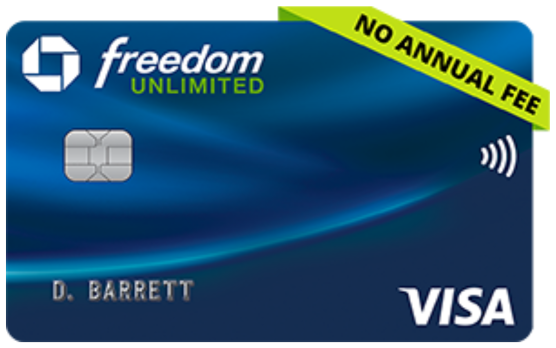
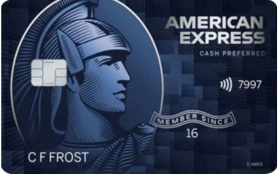
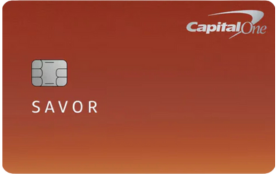
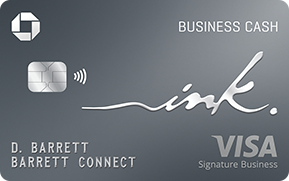
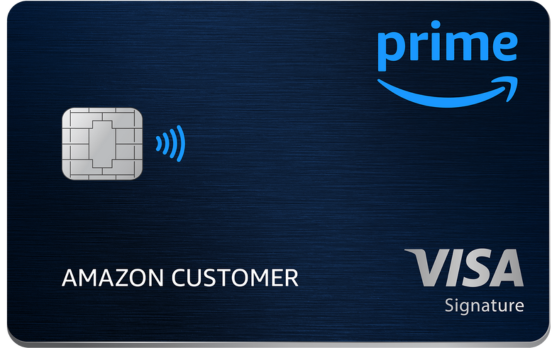
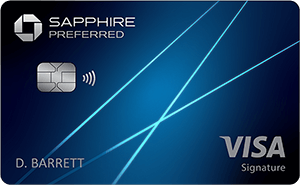
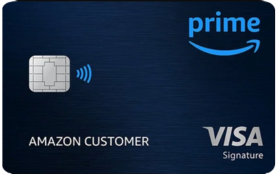
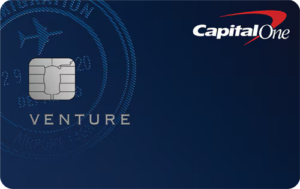
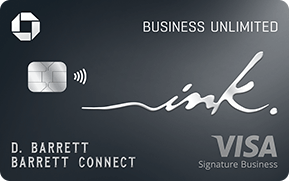
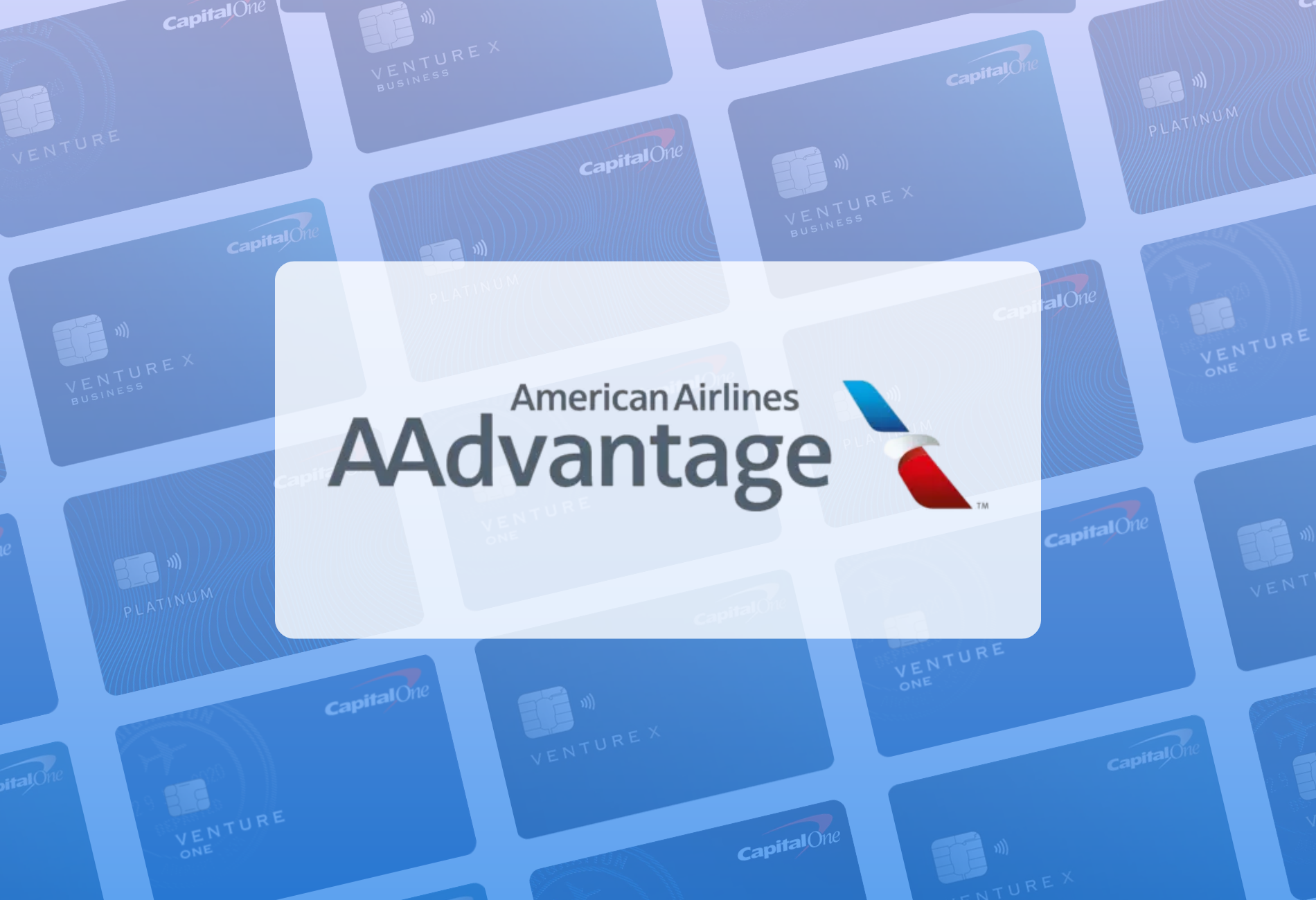


 by your friends at The Daily Navigator
by your friends at The Daily Navigator



